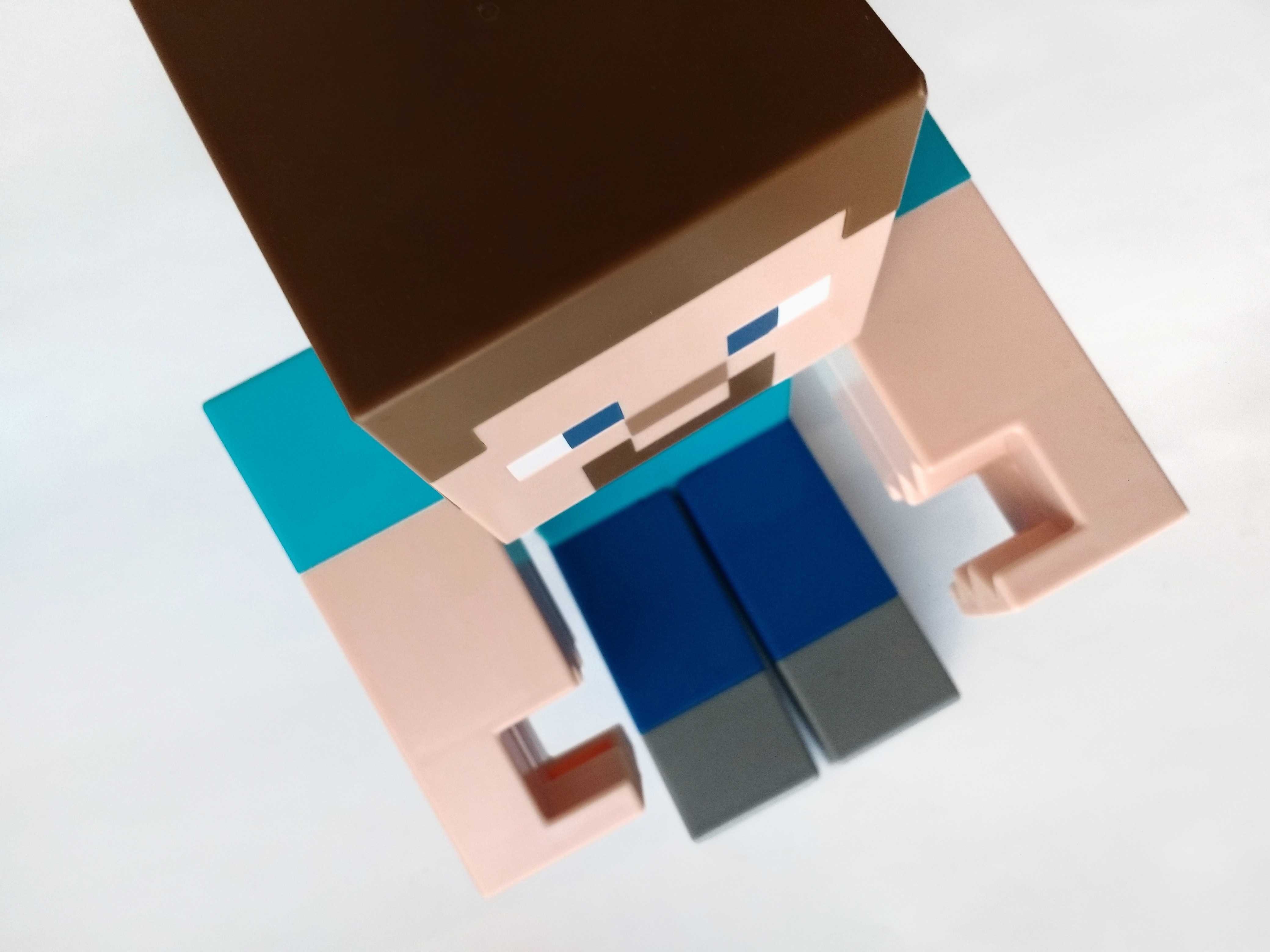 Hello again,
Hello again,
I have had the pleasure of being formally instructed on how to teach using Minecraft as a medium. Now, you may be thinking that Video games and learning either can’t or don’t belong together. I used to believe that as well until I found the limitless options that video games present.
Since you can build structures fairly quickly in Minecraft, it is an excellent medium for teaching. In a grade 8 class, the teacher was able to lead the students through the digestive system in the game. This helped solidify the knowledge that was brought to the in-class either before or afterward. The students were able to identify the parts, see what they look like from the inside and the outside.
Another teaching option could be something as simple as spelling battles. You can set up the game so that the students are able to compete for one on one (if they choose to do so). The students can be given a word to spell and some materials to spell it with. This can build their spelling, their creativity, and all while they are having fun.
 On another note, research has been conducting into teaching styles and how students learn best. Now, we expect our students to learn through discussion, amongst other methods. The small group discussion and exploratory talk have been proven to be beneficial to the learning of all. If we expect our students to learn through discussion, why aren’t we expected to learn through discussion? Well, we can if we design our professional development in the format of an Ed Camp.
On another note, research has been conducting into teaching styles and how students learn best. Now, we expect our students to learn through discussion, amongst other methods. The small group discussion and exploratory talk have been proven to be beneficial to the learning of all. If we expect our students to learn through discussion, why aren’t we expected to learn through discussion? Well, we can if we design our professional development in the format of an Ed Camp.
Ed Camps are not only wonderful tools for professional development but also could be implemented in the classroom. An Ed Camp is similar to a conference; however, it is not in the structure of a lecture. Instead, it has all people participating in group discussions, learning through the experiences and knowledge of others. It allows the participants to explore the topics that they are interested in learning about, feel that they don’t know enough about, or feel that they have lots of knowledge on the topic and would like to share that knowledge. The participants can come up with ideas of topics and vote which ones will be discussed, or the person or organization hosting the participants can come up with the topics and the participants can move from one discussion topic/group to another without having any repercussions or need to explain themselves.
Leave a Reply